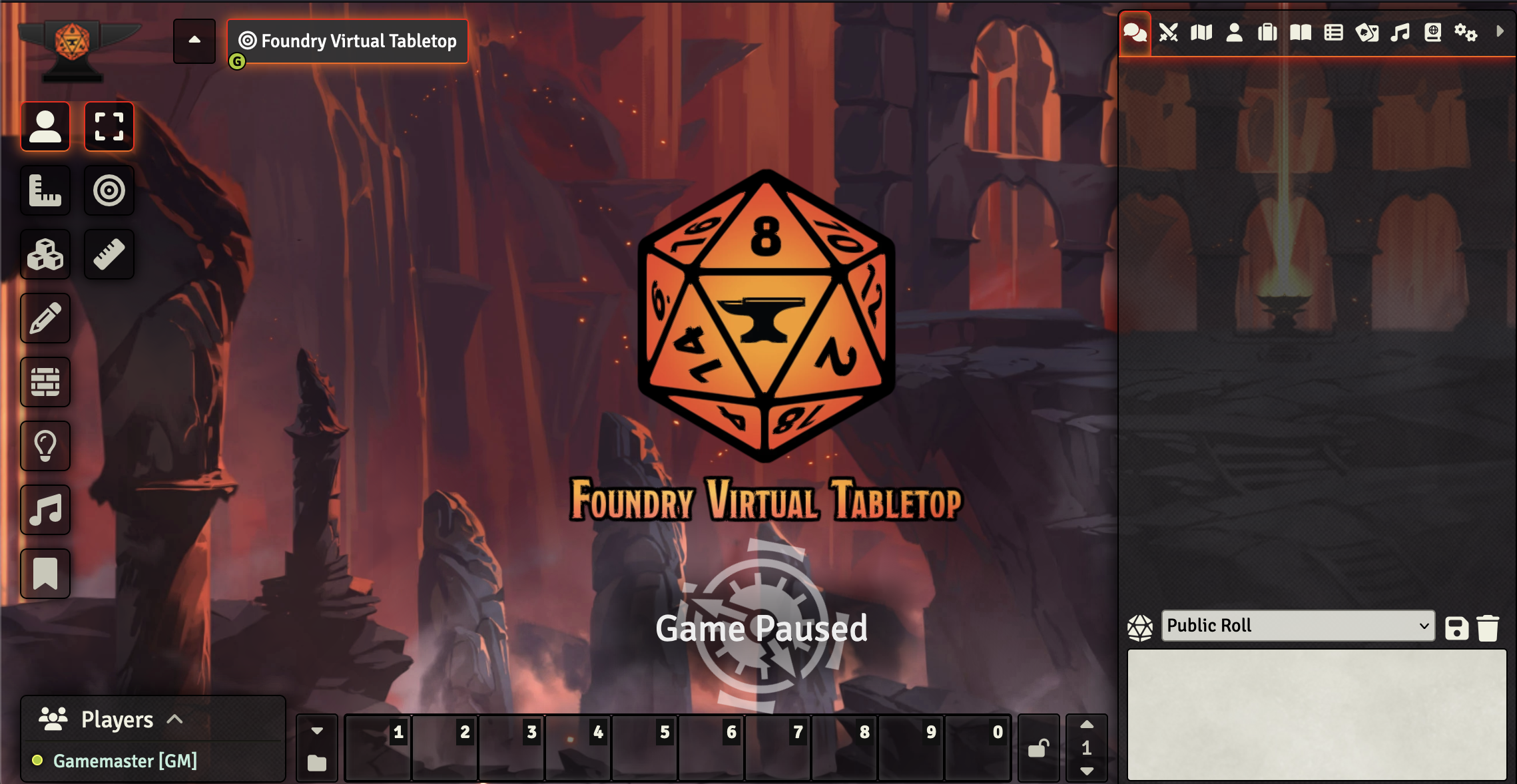Is Direct3D 10 on Windows XP Possible?
There has been a firestorm of discussions on the topic of “Is Direct3D 10 on Windows XP Possible?” This article will attempt to provide an answer to this hot topic. The answer has already been provided by Microsoft’s officials on several occasions but regardless of the manner in which DirectX 10 functions in Vista, would the functionality provided in Direct3D 10 be possible to implement? The official answer is a resounding no for the entire DirectX API, but what about Direct3D 10 which would be the only API of interest here?
What’s the argument?
Like any Direct3D version, Direct3D 10 is an API which abstracts a pre-defined set of functionality (as much as the API supports) of the underlying hardware. Ever since Direct3D 10 came out however, the minimum hardware capabilities were defined by the API rather than the hardware. This was a way to eliminate the old DEVCAPS (Device Capabilities) struct found in Direct3D 9 and below and to push a certain level of standardization or conformance.
If we take a close look at the features presented in Direct3D 10, which is easy since it’s predefined (non-expandable), we’ll notice shortly that none of the features are limited to Vista; neither are they unique to Direct3D in general:
- Unified Architecture (programmable pipelines)
- Shader Model 4: HLSL Pixel Shader v4.0, Vertex Shader v4.0
- Geometry Shaders
- Texture Arrays
- Predicated Rendering
- Instancing 2.0, which is a redo of the previous Microsoft Geometry Instancing
When a notice is made that these features were already available under Windows XP through OpenGL 2 and up, attention will most likely be redirected towards the WDDM, which is the Windows Display Driver Model, unique to Windows Vista.
What’s WDDM?
WDDM (Windows Display Driver Model) is a Windows Vista-only Windows Driver Model for IHVs (Independent Hardware Vendors) to base their display drivers on. WDDM allows the developers to take advantage of several new functions not available in the old XPDM Windows XP Display Driver Model, namely:
- Virtualized Video Memory:
- Allows the Operating system to (optionally) utilize system RAM if the Video RAM (VRAM) is insufficient.
- Application requires a to push some data to VRAM via D3D API calls:
- D3D10 User-Mode abstract layer handles event and triggers:
- The Kernel-Mode WDDM interface determines:
- If VRAM is not full, push onto VRAM stack, else:
- Push onto RAM stack.
- If the application needs to pop the memory from the stack, it doesn’t have to determine where to pop it from since WDDM handles this process. The stack push/pop terminology is used solely for simplifying the example and doesn’t denote the actual inner workings of the WDDM in any way since this is indeterminable.
- GPU Threading:
- A GPU process runs as a thread on the GPU and allows CPU-like multi-threading on a regular CPU. This means that you can spaw multiple Direct3D processes on a single GPU, thus WDDM must support the following item on this list.
- GPU Interruptibility:
- Allows process interruption, which means that you can switch from one GPU process to another without the process losing its context and resources.
- Direct3D Surface Sharing:
- Allows for a different process to access a D3D10 surface. This is necessary for the DWM (Desktop Window Manager) to function properly to allow for a final Desktop composition.
- Other Features:
- Allows for a Display Driver restart on failure without requiring a total reboot.
The Main Problem
Since the functionality introduced in WDDM is Kernel-Mode, there is no chance this could be implemented into Windows XP unless a total rewrite of the XPDM is initiated. The reason for this is that developers don’t have access to the underlying hardware directly, only through the usage of APIs such as Direct3D or OpenGL. This conversion of XPDM, naturally, will not happen since Windows XP is being deprecated in favor of Windows Vista.
While there have been attempts at porting Direct3D 10 / DirectX 10 over to Windows XP, this will always continue to be the main problem.
Alternative Solution
Using Direct3D 10 as it is provided in Windows Vista in Windows XP is impossible. Yet there is a possibility to achieve the same graphics quality on hardware that supports it on Windows XP; by using the OpenGL API instead. OpenGL allows the developer to access the same functionality provided by Direct3D 10 by using so-called IHV provided extensions but that’s an entirely different article. Also, note that this would only provide the same features which Direct3D provides and none of the WDDM functionality unless you find a way to emulate the Kernel-Mode functionality in User-Mode in Windows XP.




